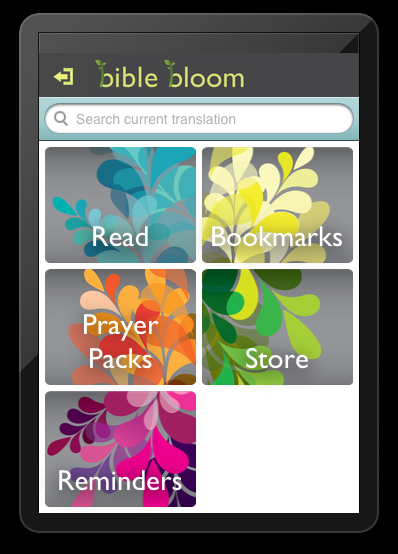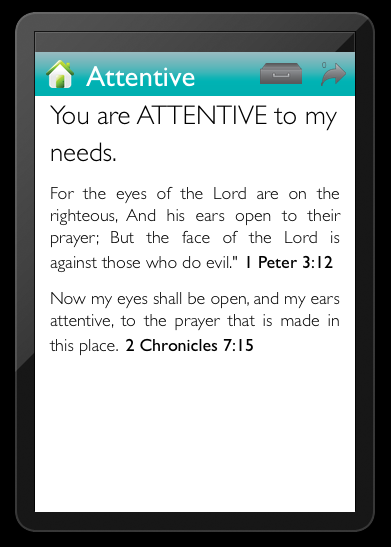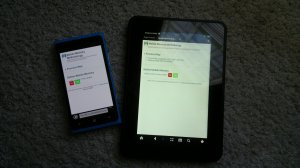This was forwarded to us and asked if it is an example of who and how people and groups associated with mobile ministry (#mobmin) should approach the context of their activities. Much like Alex Oswald, there is a surprise to some at the level (and simplicity) of how mobile is being used in daily affairs.
A (Small) Critique
Despite what’s talked about on the video, an acknowledgment solutions that are obvious and should be applied in better economies, nothing much is being said about the strategies that went creating and implementing them. Solutions like these talk very much towards being associated towards mobile as living with people, not just pushing a platform or a message. Unfortunately, there’s too much of a reluctance, even with those of us who work within this mobile ministry space, to be so invested into using the technology/communications, that we can see where this makes sense in our spheres. In an observed sense, people want to develop towards the mobile audience, but not be the mobile audience they are developing for. We see after another’s implementation that its obvious, but don’t live with it close enough to discover our own.
For as long as this person was in mobile, to be surprised at M-Pesa said a lot about a general blindness to the Mobile past than about opportunities not seen. 10 yrs ago there were 1 billion mobile phone users, we were looking at the second generation of smartphones from Nokia, Palm, and a few others, seeing the fall of the PDA genre coming to pass, and some of the first positive steps in mobile web areas. Weird to me that he was surprised if that’s when he started.
Still, this is good for the mobile ministry space as many haven’t heard about what he’s seen, or might be working on similar and need the encouragement. When in and around mobile, you’ve got to keep your eyes open not just to what you want to see, but also what others have seen.







